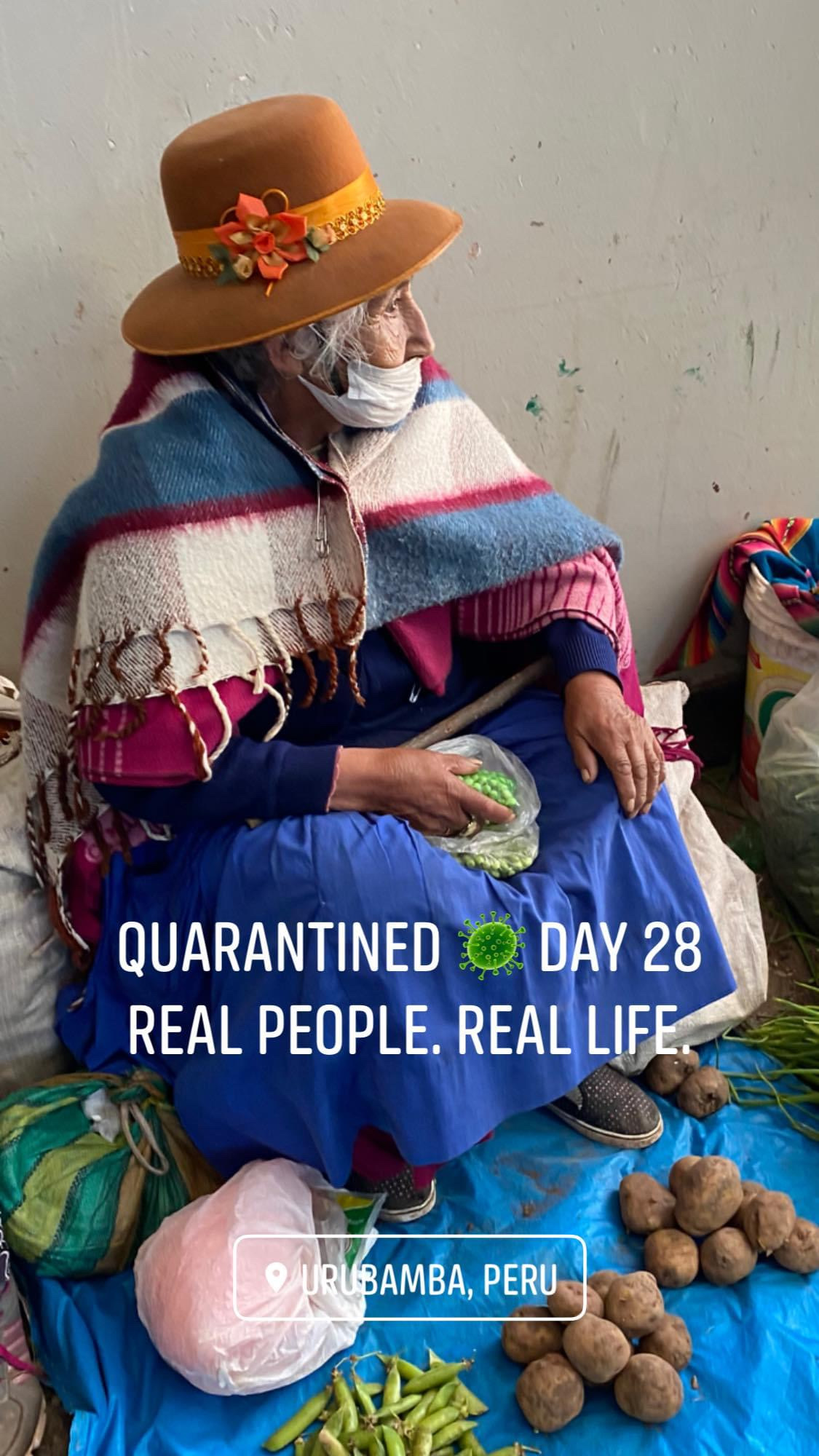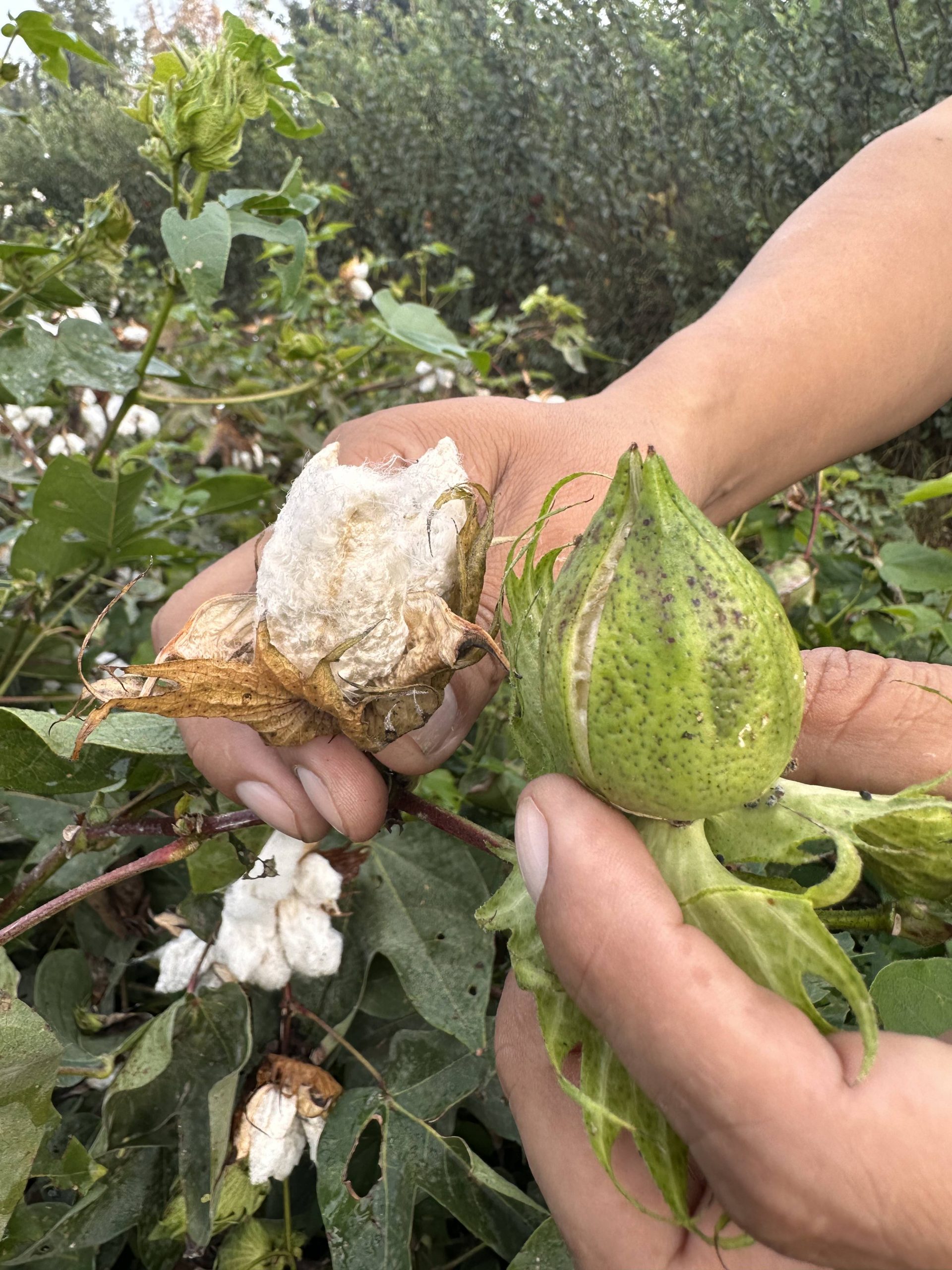A Sustainable Shift in Textile Production
In an era marked by increasing environmental consciousness, the textile industry stands at a crossroads. As concerns about climate change, pollution, and sustainability continue to mount, the call for a shift towards natural fibers in textile production has never been more urgent. While synthetic fibers have dominated the market for decades due to their affordability and versatility, the detrimental environmental impact they pose cannot be ignored. It is high time we reconsider our reliance on synthetic fibers and embrace the inherent benefits of natural alternatives.
The rise of synthetic fibers, such as polyester, nylon, and acrylic, revolutionized the textile industry, offering durability, stretchability, and affordability. However, these conveniences come at a significant cost to the environment. Synthetic fibers are derived from petroleum-based chemicals, which require extensive energy consumption and emit greenhouse gases during production. Moreover, their non-biodegradable nature means that synthetic garments persist in landfills for centuries, contributing to the global plastic pollution crisis.
In stark contrast, natural fibers, including cotton, wool, silk, and hemp, offer a more sustainable alternative. Derived from renewable resources, natural fibers have minimal environmental impact compared to their synthetic counterparts. Cotton, one of the most widely used natural fibers, is biodegradable and can be grown organically without the use of harmful pesticides and fertilizers, thus reducing soil and water pollution. Similarly, wool, sourced from sheep, goats, and other animals, is inherently renewable and biodegradable, making it an eco-friendly choice for clothing and textiles.
Beyond their environmental benefits, natural fibers also offer superior comfort, breathability, and moisture-wicking properties. Fabrics like cotton and linen are renowned for their softness and ability to regulate body temperature, making them ideal choices for clothing, especially in warmer climates. Wool, on the other hand, provides exceptional insulation and moisture management, making it suitable for a wide range of apparel, from cozy sweaters to performance outerwear.
Furthermore, the cultivation of natural fibers often supports local communities and traditional farming practices, contributing to rural economies and cultural heritage preservation. By opting for natural fibers, consumers can empower small-scale farmers and artisans while promoting sustainable livelihoods.
Despite these advantages, the transition to natural fibers presents its own set of challenges. One major concern is the water-intensive nature of some natural fiber production processes, particularly cotton cultivation in regions prone to water scarcity. However, innovations in water-efficient farming techniques and sustainable irrigation practices are mitigating these challenges, ensuring responsible water stewardship in natural fiber production.
Additionally, the fashion industry must address issues of labor rights and fair trade practices to ensure that the shift towards natural fibers benefits both the environment and the workers involved in the production process. Ethical sourcing and transparency initiatives can help guarantee that natural fiber production upholds principles of social responsibility and equity.
As consumers become increasingly conscious of the environmental and social impacts of their purchasing decisions, demand for sustainable and eco-friendly textiles is on the rise. By embracing natural fibers, both consumers and industry stakeholders can contribute to a more sustainable future for the textile sector. Whether it’s choosing organic cotton over polyester or opting for wool over acrylic, every decision counts towards building a more resilient and regenerative textile industry.
In conclusion, the imperative to move towards natural fibers in textile production is clear. By prioritizing sustainability, environmental stewardship, and social responsibility, we can create a more equitable and resilient textile industry that respects both people and the planet. It’s time to weave a new narrative—one that celebrates the beauty and sustainability of natural fibers while leaving behind the environmental harm of synthetic alternatives.



